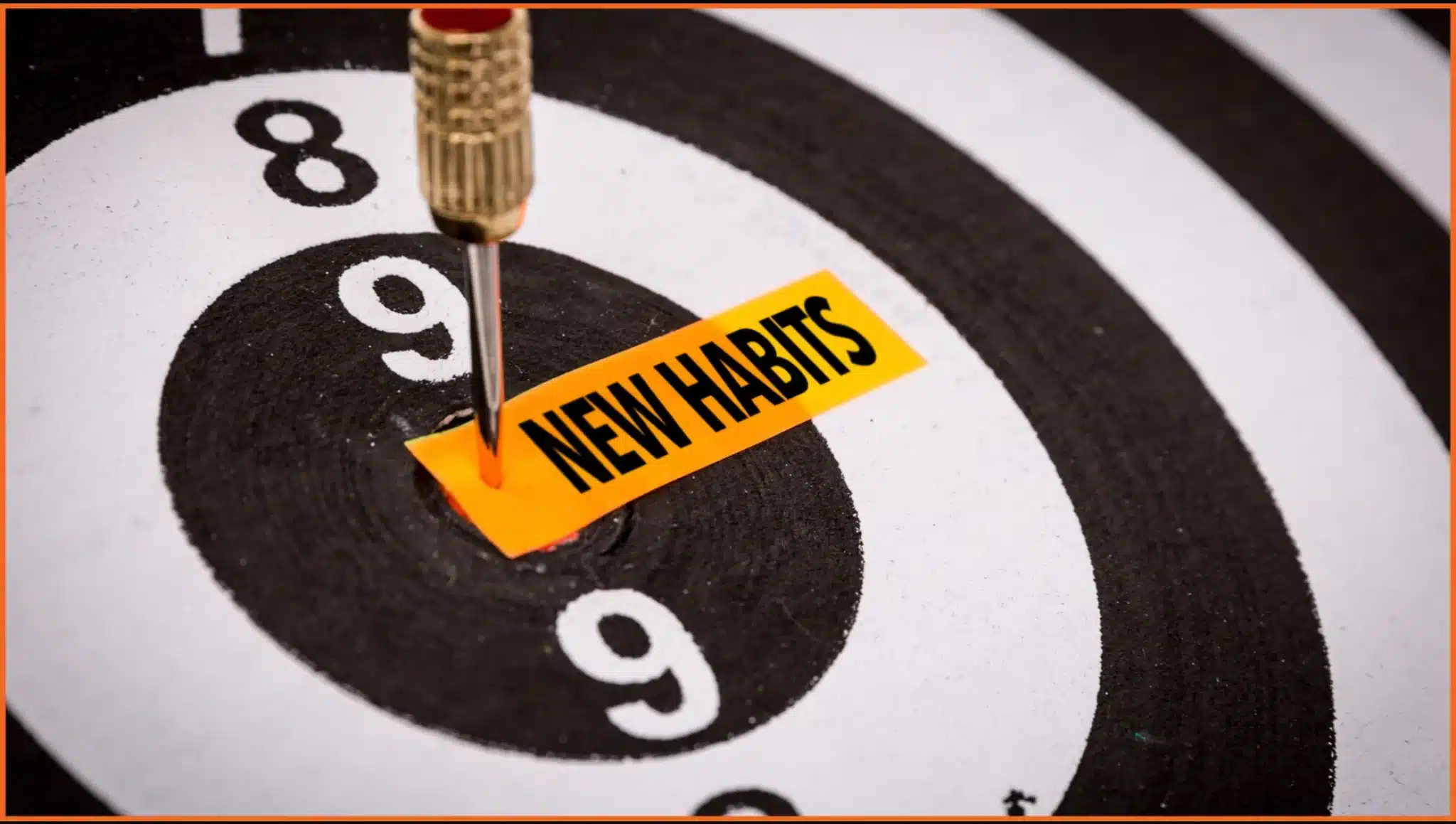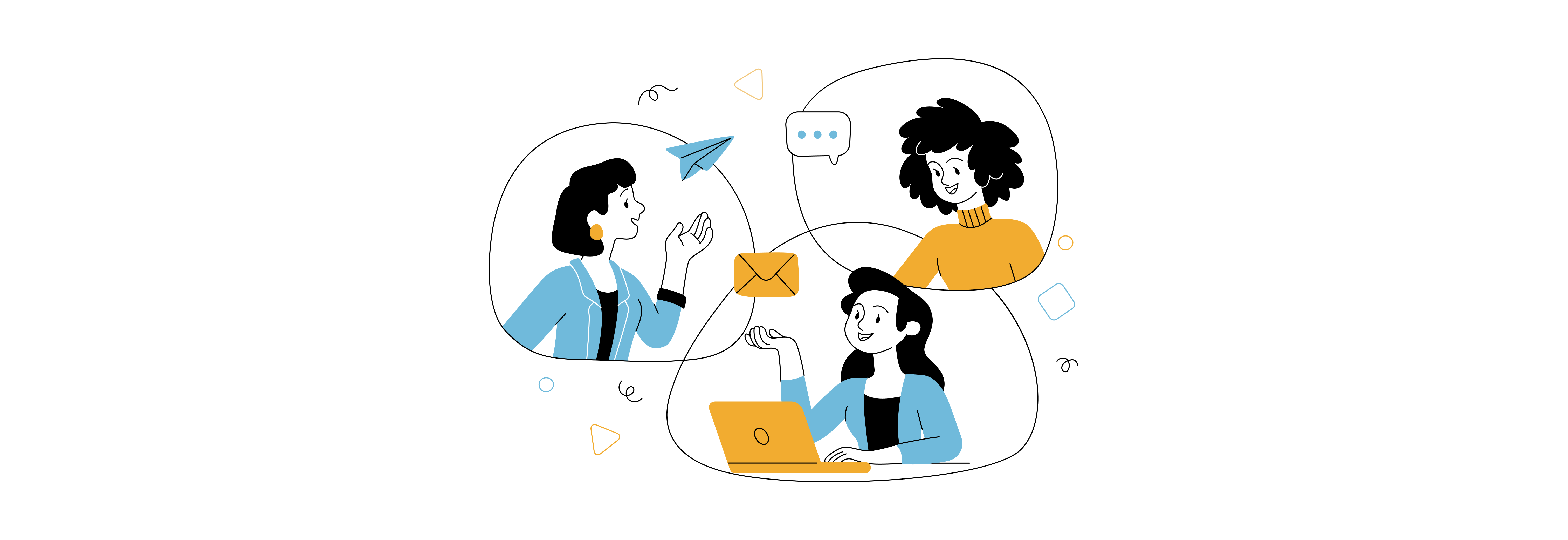Motivation is one of those words that gets thrown around a lot. It appears in office posters, social media reels, leadership handbooks, and even dinner table advice. I have seen it used in pep talks and performance reviews, and I have consumed my fair share of TED Talks and bestselling books that promised to help me “unlock the secret to staying motivated.”
But here’s the thing. Over the years, and through my own professional ups and downs, I’ve come to realise that much of what we hear about motivation is not just oversimplified. It is often misleading. Especially in workplaces that are fast-paced and evolving, these misconceptions can quietly steer us off course.
In this post, I want to unpack four of the most common myths about motivation that I’ve encountered. More importantly, I want to explore what actually works when it comes to staying motivated, building high-performing teams, and designing learning environments that energise rather than exhaust.
Myth 1: “Money Is The Ultimate Motivator”
Table of Contents
Let me start with one of the most pervasive myths of all. It’s the one that suggests that money is the be-all and end-all of motivation. Whether it is sales incentives, annual bonuses, or high-paying roles, the message is loud and clear. Bigger paychecks will automatically produce better performance.
I believed that too, once. A few years ago, I made a job switch purely for a higher salary. On paper, it seemed like the smartest move. The pay hike was generous, the role sounded impressive, and the office location was perfect. But within a few weeks, I realised something crucial was missing. I no longer cared about the work I was doing. I didn’t feel connected to the purpose. And soon enough, the long hours, lack of support, and misaligned values started taking a toll. I ended up leaving that job with more stress and debt than I had bargained for.
I’m not suggesting that money does not matter. It does. Fair compensation is critical. But once basic needs are met and a person feels financially secure, the motivational returns from additional money start to diminish.
What Actually Works
What often matters more are intrinsic motivators. Purpose, autonomy, mastery, and belonging can carry far more weight. Simon Sinek’s “Start With Why” is a great framework to think about this. If people understand the purpose behind their work, if they feel connected to the impact, and if they are treated with dignity, they tend to show up with more energy and ownership.
Also Read: The Power Of Having A Set Of Values
Myth 2: “Bigger Rewards Create Bigger Efforts”
This myth is often disguised in performance management systems. We are told that offering larger bonuses, top-performer trips, or extravagant prizes will unlock peak productivity. And for a while, it might even seem true. But here’s the catch. Over time, rewards lose their charm. Once people get used to them, they stop seeing them as motivators and start expecting them as entitlements.
I have seen this firsthand during my time in sales. Our team had quarterly targets with generous incentives. Some team members would hit their goals quickly and then stop chasing new opportunities. Others, despite knowing the reward, would feel demotivated because they were always a few steps behind. Motivation became lopsided and inconsistent.
The reward system ended up creating spikes of motivation, followed by valleys of burnout or complacency. It wasn’t sustainable.
What Actually Works
The most sustainable performance systems are not built on the size of the reward, but on the consistency of meaningful feedback, recognition, and growth. When people feel seen, supported, and challenged in a healthy way, they tend to bring their best selves to work.
We shifted our approach at my current organisation. We replaced flashy individual incentives with team-based celebrations. We built rituals of recognition that were deeply human. Sometimes it was a hand-written thank you note. Sometimes a team lunch. Sometimes just a moment of spotlight in a team huddle. Surprisingly, these small gestures began to generate a culture of mutual respect and shared ownership.
Also Read: Why Giving Autonomy To Employees Matters
Myth 3: “Just Do Your Best”
This one is tricky because it sounds encouraging. “Do your best” is the kind of thing we tell kids before an exam or friends before a tough interview. It is meant to be supportive. And yes, resilience and persistence matter. But I’ve also seen how this phrase, when left unchecked, can become a crutch.
Let me explain. When we say “just do your best,” we are often lowering the bar without realising it. We stop defining what success actually looks like. We don’t specify the goalposts, the metrics, or the timelines. And then we are surprised when people fall short or plateau.
In reality, vague goals produce vague outcomes. And over time, this leads to mediocrity.
What Actually Works
High performers do not just “try hard.” They get strategic. They reflect deeply, write things down, visualise success, and identify pitfalls in advance. They build habits and systems that help them stay on track. Motivation, in this case, is not just about hype. It is about clarity, structure, and consistency.
One of the most useful tools I came across is the “Know-Do Gap.” Many of us know what we should do. Fewer of us actually do it. Bridging that gap is where motivation meets execution. It is less about inspiration and more about discipline.
We started using this insight in our learning journeys. Instead of just telling teams what great performance looks like, we co-designed behaviour blueprints with them. We built learning nudges into daily workflows. That’s when we saw motivation turn into meaningful action.
Also Read: Why Training Alone Isn’t Enough — The Power of Reinforcement in Workplace Learning
Myth 4: “Visualise Success and It Will Come True”
If you’ve ever read “The Secret” or watched a vision board tutorial, you know this one. The idea is simple. Picture yourself succeeding. Feel the emotion of victory. Imagine it so clearly that the universe has no choice but to deliver it.
Now, I’m not here to mock the power of visualisation. I’ve done it myself. There is immense value in seeing your goal before it becomes real. It can help with focus, belief, and momentum.
But here’s the problem. Visualisation without action is just daydreaming. If I keep imagining a marathon finish line but never start training, I won’t make it past the first mile.
What Actually Works
What I have learned is that visualisation works best when paired with micro-actions. The goal needs a system. Instead of obsessing over the big win, I started focusing on the daily reps. The daily reading. The daily writing. The daily self-reflection. That’s when things began to move.
In learning and development, we often encourage employees to set goals. But goals without behavioural reinforcement tend to fade. The magic lies in making the next step easier and clearer. Building consistency beats waiting for inspiration.
A Personal Reflection
When I think back on the times I felt most motivated, they were never about a paycheck, a shiny award, or a motivational poster on the wall. They were about being part of something meaningful. Working with people who pushed me to grow. Feeling respected, even when I failed. And knowing that the work I was doing mattered.
That is the kind of motivation that lasts. It is not fleeting. It is not noisy. It is deeply human.
Final Takeaway
Motivation is not a one-time spark. It is a long, quiet burn. It is not always exciting, but it is essential. The myths around it can lead us to chase shortcuts or adopt unsustainable habits. But the truth is simpler and more powerful.
If you want lasting motivation, look for purpose. Build relationships. Celebrate progress. Design systems that make good behaviour easier to repeat. And lead in a way that places people before metrics.
Because when people feel valued and seen, they rarely need to be pushed. They pull themselves forward. That’s the real magic of motivation.














